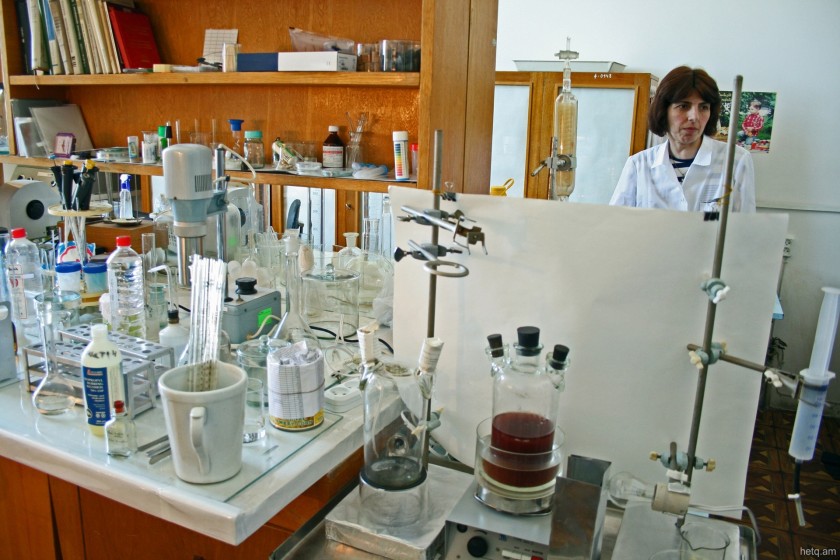
Armbiotechnology: A Scientific Center in Armenia Whose Underpaid Staff Produces Tangible Results
Marine Martirosyan
Vahe Sarukhanyan
3 institutes under one roof
The Scientific and Production Center Armbiotechnology, a division of Armenia’s National Academy of Sciences (NAS), was founded by a 2010 government decision.
It was a merger of the Biotechnology Scientific Research Institute CJSC and the NAS’s Center of Microbiology and Microbial Depository.
Today, SPC Armbiotechnology includes the Institute of Biotechnology (founded in 1971), the Institute of Microbiology (1961), and the Center of Microbial Depository (1993).
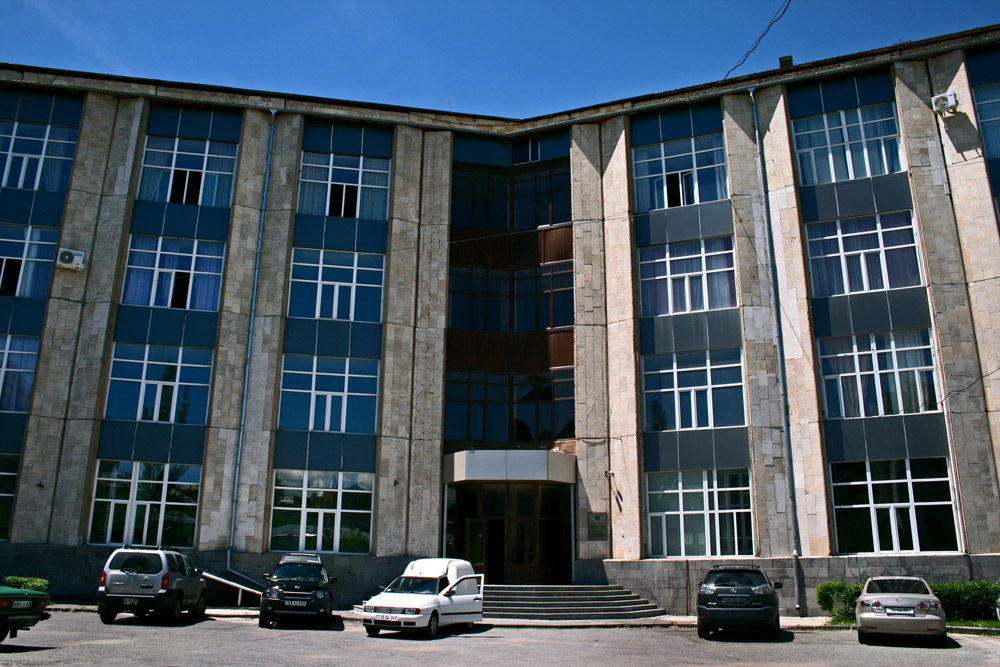
Academician, Doctor of Chemistry Sciences Ashot Saghyan is the director of Armbiotechnology.
The center specializes in the fields of biotechnology, bio-organic chemistry and microbiology.
Deputy Director, Doctor of Veterinary Sciences Vigen Goginyan says that these three institutions should not be separated. "We are doing the job together. Although these are three institutions, they are united, they help each other. Our main interests are in microbiology, biotechnology, organic chemistry, genetics, molecular biology, genetic engineering and the biotechnological industry."
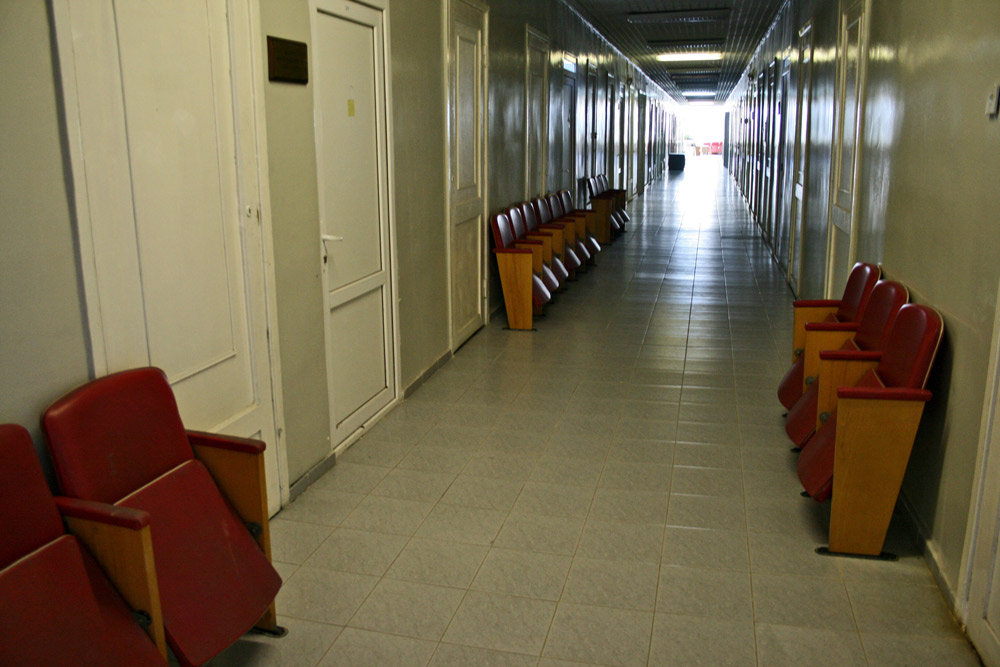 |
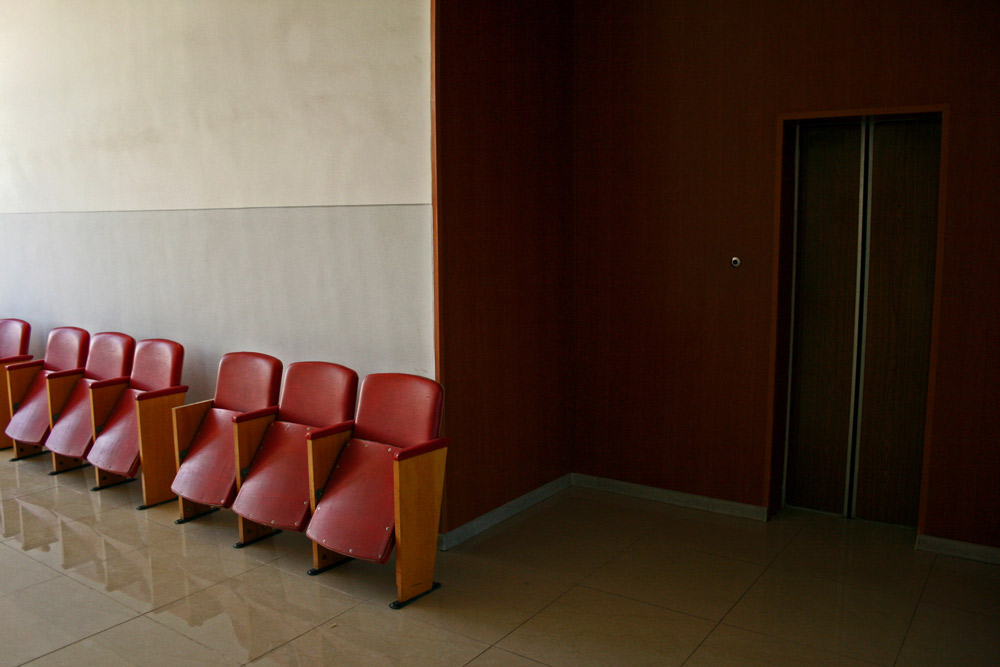 |
Producing products in demand
Most readers probably know the center due to its line of Narine probiotics.
Goginyan brings a box of product samples from his office, "We have four products here. We’re producing lead compounds and non-proteinogenic amino acids, Narine probiotics, vegetable and essential oils, and syrups of different flavors."
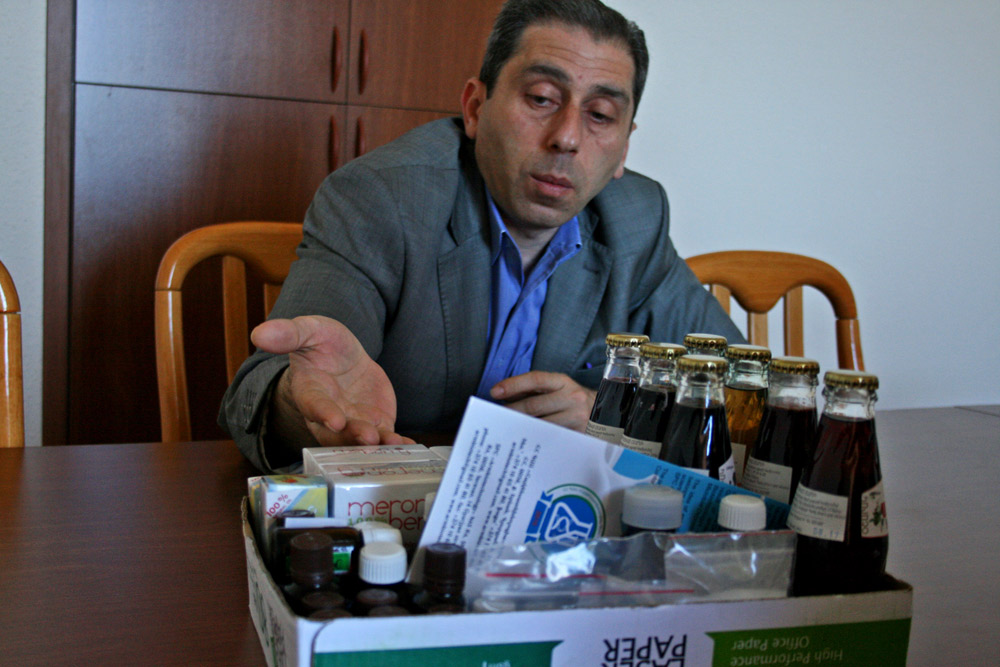
Goginyan says that they will be producing yogurt soon and that Narine will come in an assortment of flavors. They are planning to open a Jerusalem artichoke processing line to get inulin, which is especially useful for those with diabetes and is quite expensive. The center also plans to enlarge the range of oils and lead compounds. Vigen Goginyan notes that their products are available on the market; sold mainly in pharmacies. Narine has recently appeared in Armenian supermarkets.
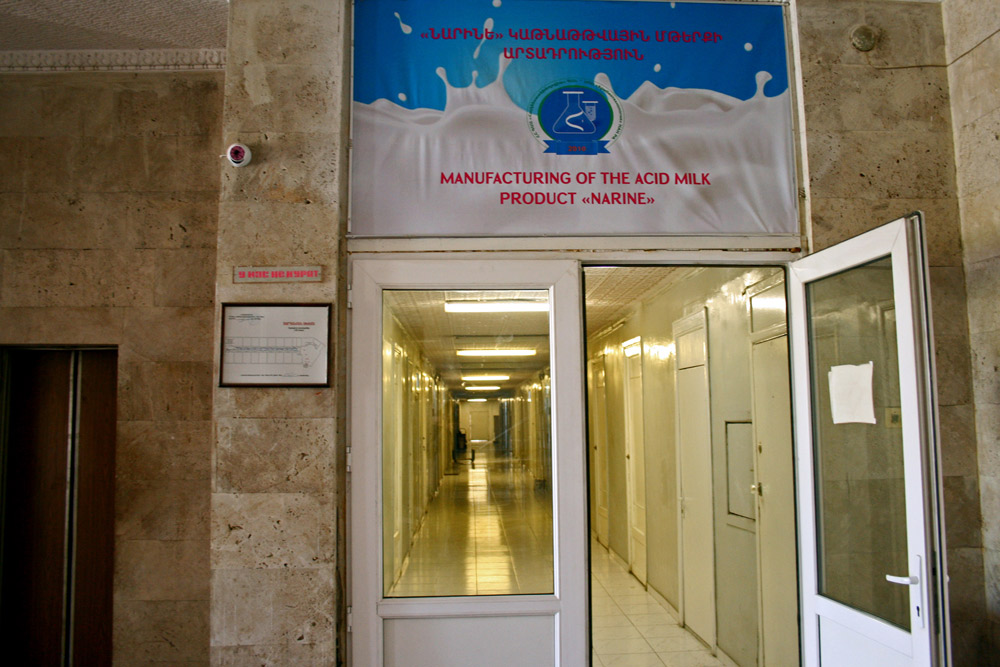
Given that Narine’s inventor, Levon Yerznkyan, worked in the Institute of Microbiology, whose legal successor today is Armbiotechnology, the center owns the Narine bacterium rights, and it’s stored here.
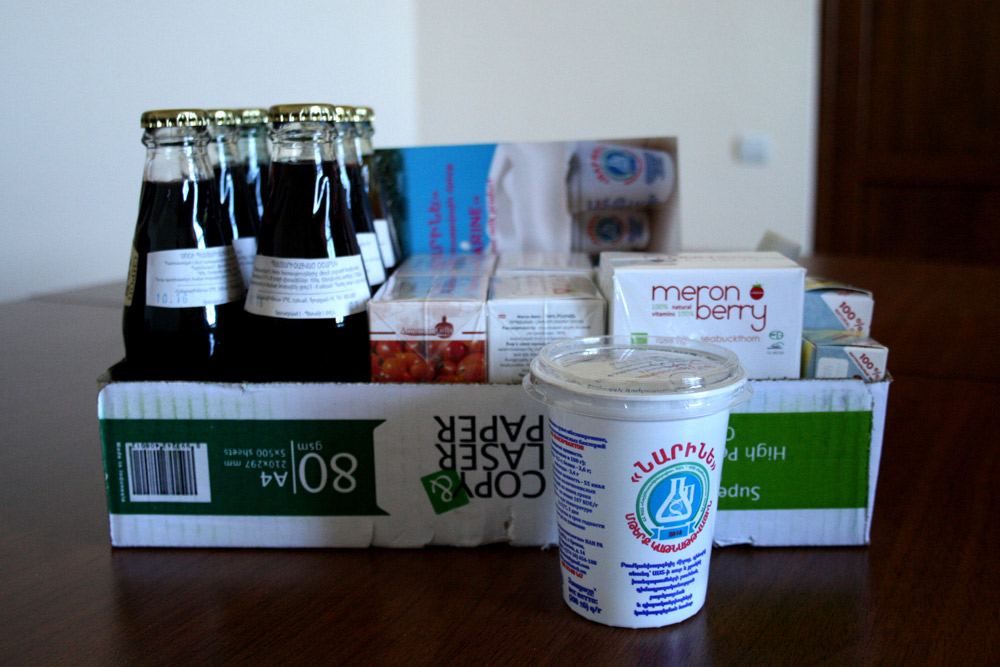
The center also synthesizes amino acids, which are later used in pharmaceuticals. "Step by step, we reached the international market. These materials are very expensive, about US$ 150-300 per gram, depending on their type. They are used as a basis for drug creation. Well-known pharmaceutical companies in Germany buy from us. They can also manufacture the items, but our labor is cheaper. It’s more profitable to buy from us than make it themselves. They could order those amino acids from China, but it didn’t work out. We get 100% quality material. One can say that so far we face no real competition for that line. If we had, they wouldn’t buy from us," Goginyan says.
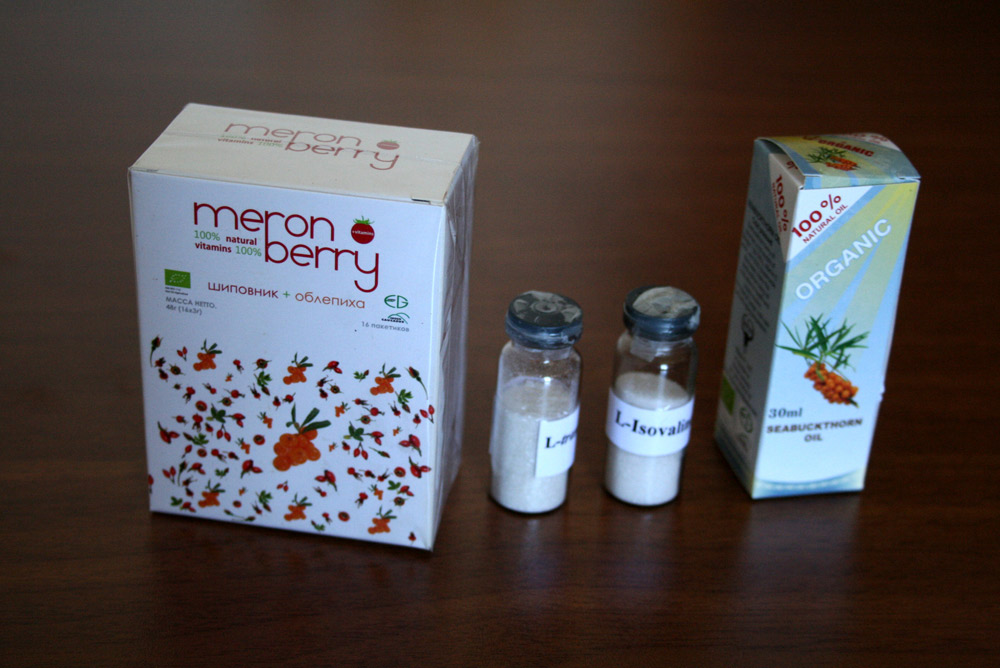
In his opinion, one of their biggest challenges is not having biotechnological plants to transform scientific innovations into products in Armenia. Currently, it’s done at the center in small workshops. Although the products are produced under different corporate names, the center's scientists are involved in all of them. Goginyan promises that Armbiotechnology will soon become an official producer itself.

Some products, such as amino acids and organic teas, are now exported to Europe, particularly Germany and Belgium.

Goginyan says they haven’t apply to the government with a request to allocate space for the plant, because even if they get the space, they would have to invest a lot of money for the assembly lines. For example, the assembly line for 200 kg of inulin would cost 17 million drams (around $35,000 today). They applied to NAS for the money and hope it will be provided.
He says that income from product sales comprises 30% of the budget, which is used for buying some equipment.

Working actively despite the low pay
The center's deputy director says that they currently have 176 employees: 130 of them are researchers, others are technical service providers. They have 54 PhD candidates and eight PhDs. "We have ten laboratories. There used to be 20. We’ve cut their number, leaving the modern ones, but we haven’t fired anyone, so if there were 5-6 people employed in each of them before, now it’s 15-20 people in each.”
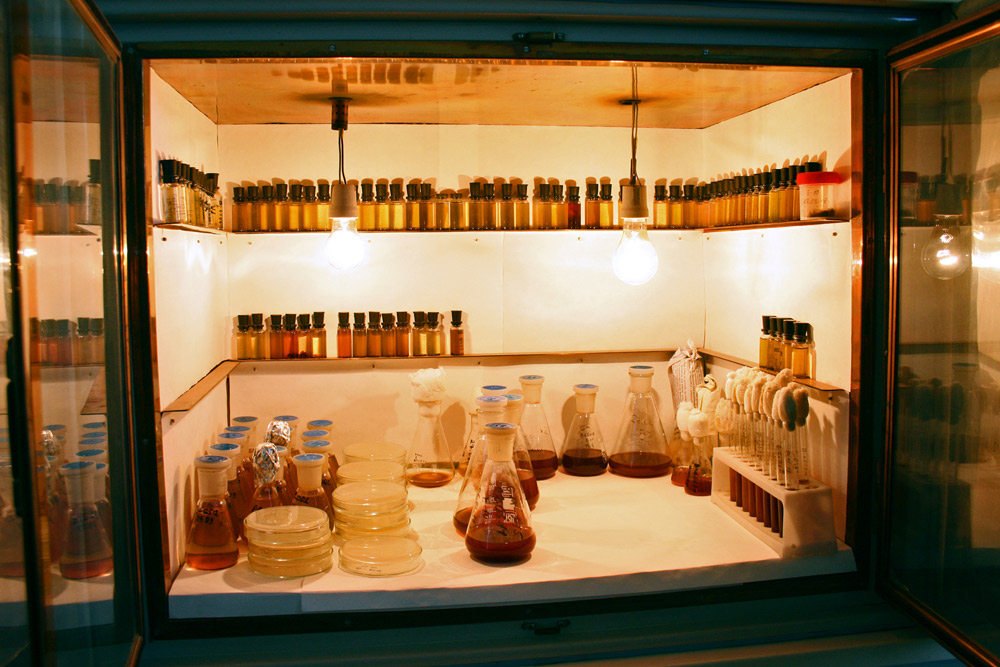
About 30% of employees, mostly technicians, receive a minimum salary of 55,000 drams ($114); that’s net. There are also assistants and technicians who work part-time. As Goginyan explains, a junior researcher receives 80,000 drams gross salary, the head of the laboratory - 125,000 drams. The highest salary is that of the director, 220,000 drams (also gross).
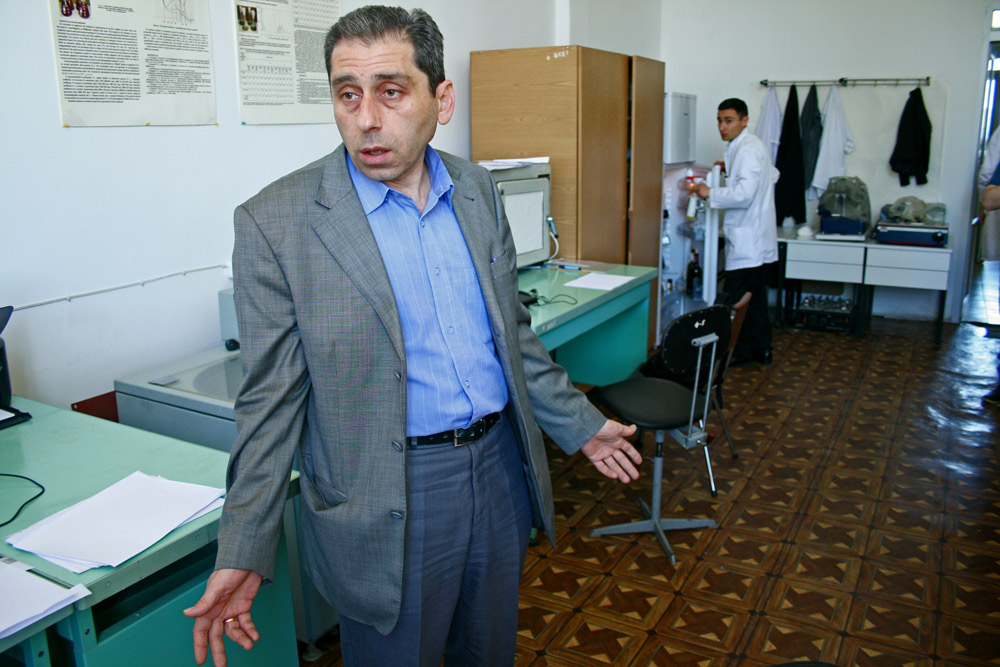
"Salaries in the science field are low, of course,” says Goginyan. That’s the situation the government’s in, but our center is actively working. We have government and inter-government interests, due to which salaries increase a bit.”
The center used to get many grants, but now their number has declined. They received $5,000 grants each for business trips and training from the Armenian National Fund for Science and Education. Armenian specialists travel abroad as part of the Horizon 2020 project, and foreign scientists come to Armenia. (you can read an article about one of them, Mario Novak, here).
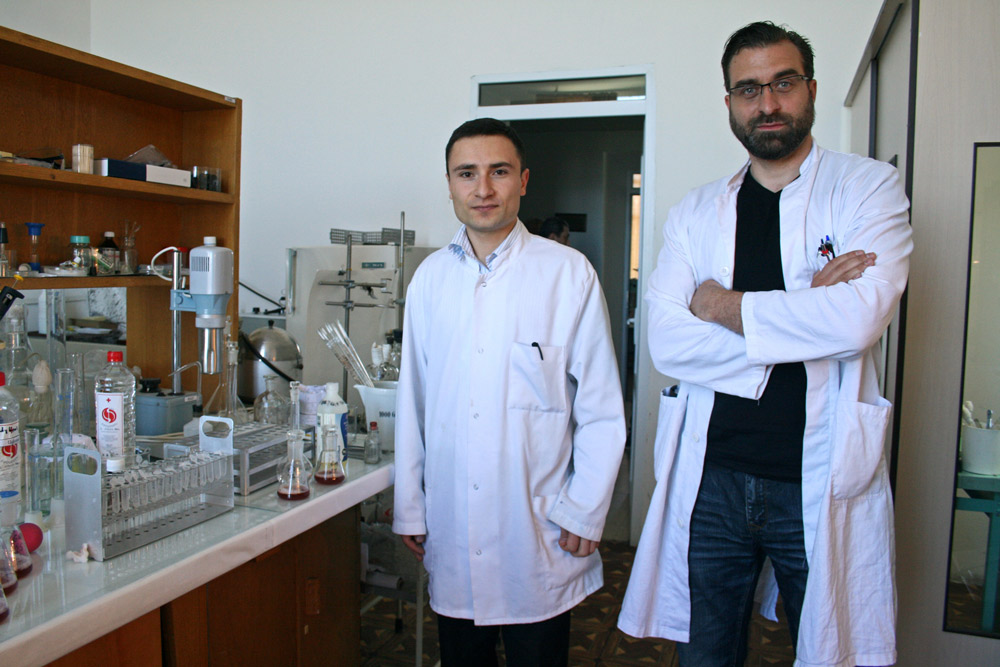
In addition to the funds received for infrastructure maintenance, every year 15 million drams are allocated from the state budget for maintaining the national collection of micro-organisms.
Overcoming the difficulties
According to Goginyan, there are many problems at Armbiotechnology. Apart from the issue of industrial plant space and production lines, there is also a problem of equipment. It’s a financial one.

"We try to install new equipment every 3-4 years, but it’s difficult financially. For example, we manufacture all this, but finding good raw materials is an issue. They’re very hard to find in Armenia. We mainly try to buy from Russia. As every penny counts, we try to find cheap material with quality," Goginyan says.
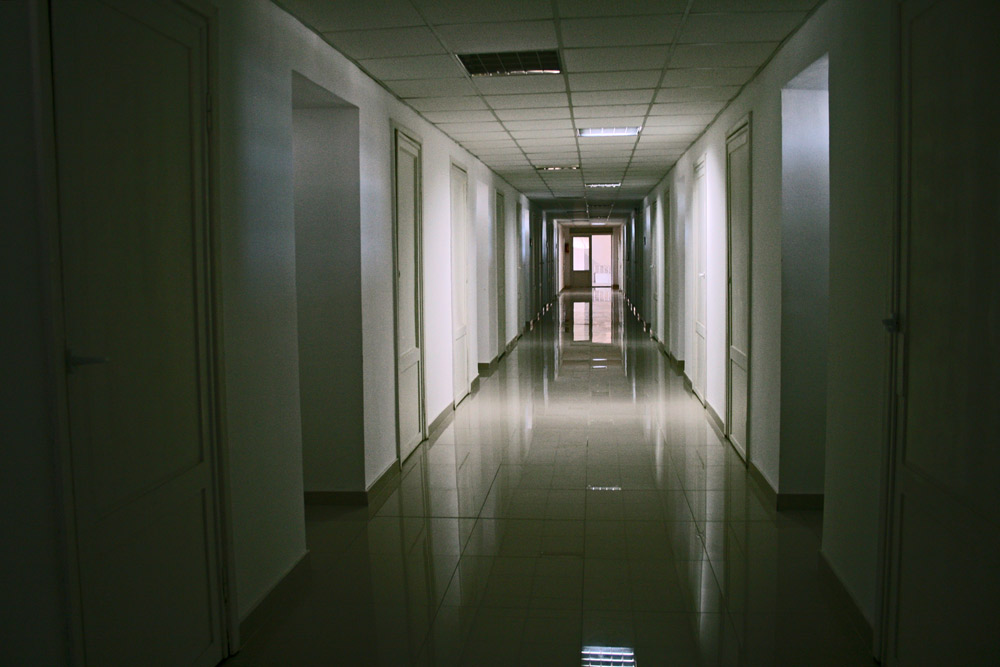
The building housing the center isn’t in bad shape. Before the merger, the Institute of Microbiology and the Microbial Depository Center were located in Abovyan. In 2010, they joined the Institute of Biotechnology on Gyurjyan Street in Yerevan’s Nor Nork district.
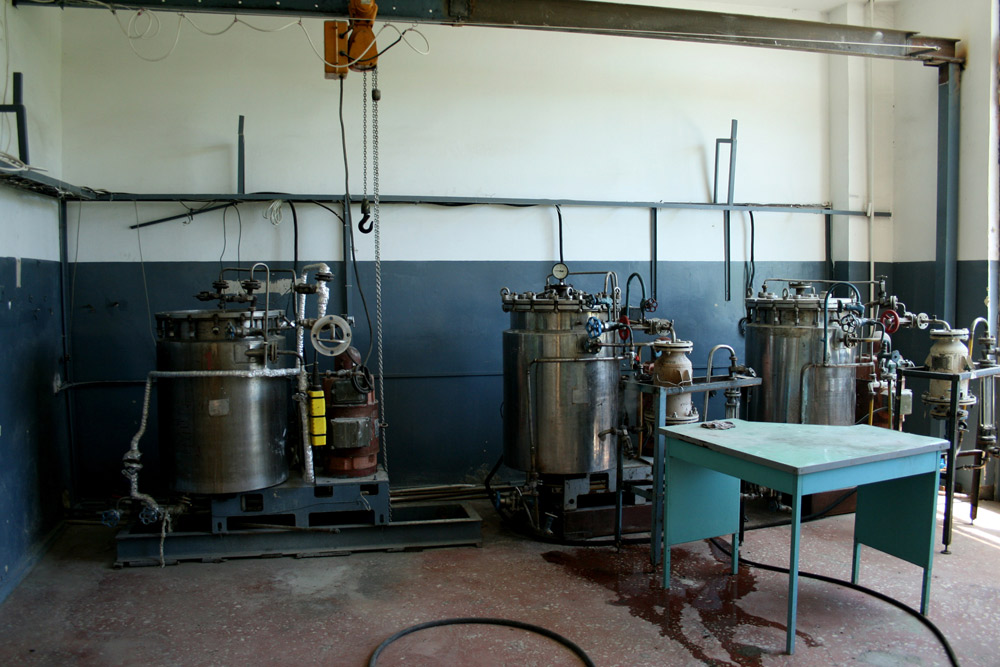
The building at 14 Gyurjyan Street has been continuously repaired during recent years, mainly with state financing. They are now working on combining all production at the one location.
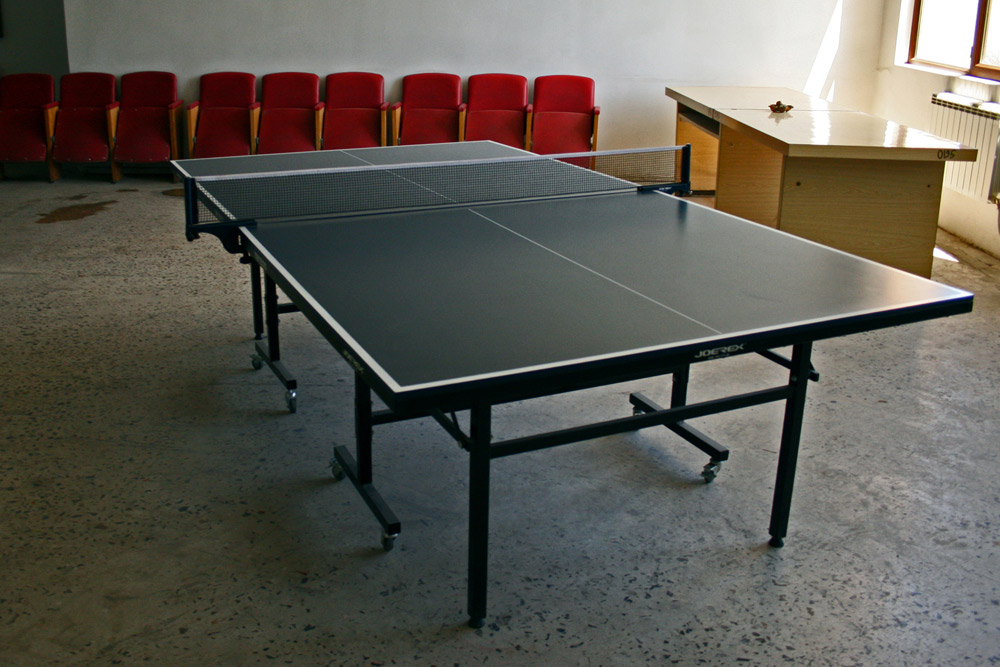
The building is heated by gas boilers. This winter they paid 3 million AMD per month, whereas in past years it was 1.8 million. There is no hot water, but there are water heaters in some laboratories.
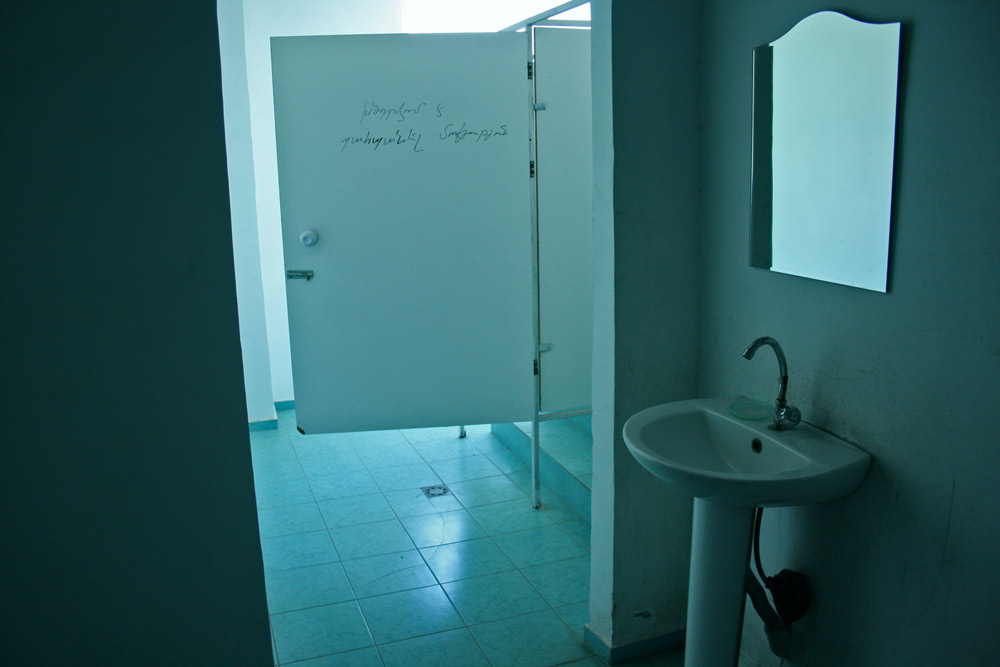
Vigen Goginyan introduces us to the center’s laboratories, production facilities and employees.

Librarian Gohar Hovhannisyan, showing "her space" of bookshelves, says that although it’s possible to find a lot of information on the Internet, the classic methodology is here, in books. The library receives local and foreign magazines, and from time to time it gets new books.

Head of the Food Safety Laboratory, PhD Karineh Chitchyan says that they have the Narine ferment, and now they are thinking about getting a matzoun (yogurt) ferment, which will be the best example of Armenian matzoun.

"We want to produce yogurt, and we will do it by the end of this year. It’s on the agenda," says Chitchyan, adding that the main issue is the preservation of the live and dried cultures in the laboratory.
"We deal with the whims of each," Karineh says with a smile.
Photos: Narek Aleksanyan
 Videos
Videos Photos
Photos




Comments (1)
Write a comment